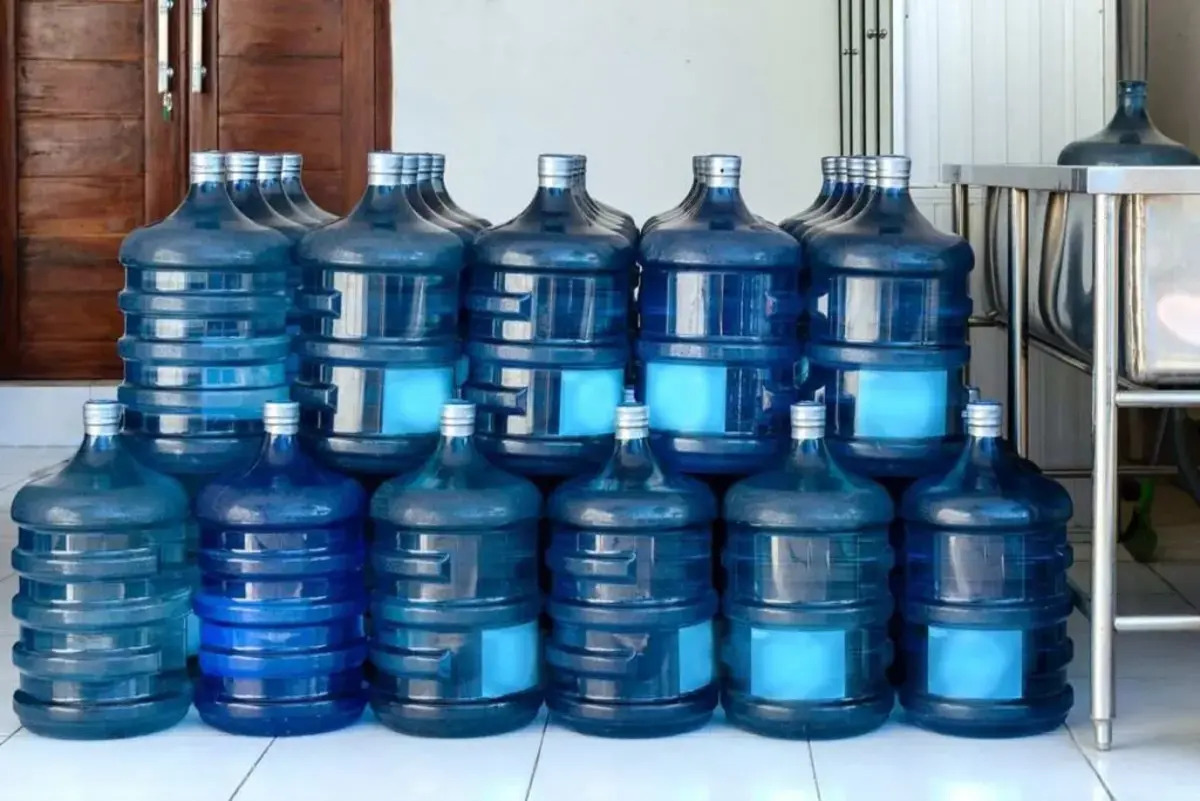

Articles
How To Store Water Safely
Modified: January 19, 2024
Learn how to safely store water with our informative articles. Find expert tips and guidelines to ensure your water is clean and accessible whenever you need it.
(Many of the links in this article redirect to a specific reviewed product. Your purchase of these products through affiliate links helps to generate commission for Storables.com, at no extra cost. Learn more)
Introduction
Water is an essential resource for our survival, and having access to clean and safe drinking water is crucial, especially in times of emergencies or natural disasters. However, there may be instances when our regular water supply gets disrupted, making it necessary for us to store water for future use. In these situations, it becomes imperative to store water safely to ensure its quality and prevent contamination.
In this article, we will explore the importance of storing water safely and provide you with valuable information on the factors to consider, preparations required, suitable containers, cleaning and disinfecting methods, suitable storage locations, and maintenance tips to ensure the integrity and safety of your stored water.
Key Takeaways:
- Properly storing water is crucial for emergencies and preventing waterborne illnesses. Consider water quality, container selection, cleaning, and regular maintenance to ensure a safe and reliable water supply.
- Regularly rotating stored water every six months maintains its freshness and quality. Prioritize cleanliness, proper sealing, and monitoring to ensure a safe and reliable drinking water source.
Read more: How To Store Water Long Term Safely
Importance of Storing Water Safely
Storing water safely is vital for several reasons. Firstly, it ensures that you have a steady supply of water during emergencies, such as power outages, natural disasters, or contamination events. Having stored water on hand can provide you with peace of mind knowing that you can stay hydrated and meet your daily needs even when access to fresh water is temporarily disrupted.
Additionally, storing water safely minimizes the risk of waterborne illnesses. Contaminated water can harbor harmful microorganisms like bacteria, viruses, and parasites that can cause diseases such as diarrhea, cholera, and dysentery. By following proper storage practices, you can prevent the growth and proliferation of these pathogens, ensuring the water you consume is free from any potential health hazards.
Factors to Consider for Safe Water Storage
When it comes to storing water safely, there are several important factors to consider:
- Water Quality: Start with clean, potable water to ensure the stored water remains safe for consumption. If the water from your tap is not safe for drinking, consider treating it before storing or use commercially bottled water.
- Container Selection: Choose appropriate containers that are specifically designed for storing water. They should be made of food-grade materials, BPA-free, and have a tight-sealing lid to prevent contamination.
- Cleaning and Disinfection: Properly clean and disinfect the storage containers before filling them with water. This step is essential to eliminate any potential contaminants and ensure the water remains safe for long-term storage.
- Location: Store the containers in a cool, dark place away from direct sunlight and chemicals. The storage area should be clean, well-ventilated, and free from pests, to preserve the water’s quality.
- Maintenance: Regularly inspect the containers for leaks, damage, or any signs of contamination. Rotate the stored water every six months to ensure its freshness and quality.
By considering these factors, you can ensure that your stored water remains safe and suitable for consumption, even over an extended period.
Preparation Before Storing Water
Before storing water, it is crucial to make adequate preparations to ensure its safety and quality:
- Water Quantity: Determine the amount of water you need to store based on your household’s requirements. It is generally recommended to store at least one gallon of water per person per day for drinking and sanitation purposes.
- Water Source: Choose a reliable and clean water source for filling your storage containers. If using tap water, ensure it meets the necessary safety standards or consider using filtered or treated water instead.
- Treat the Water: If the water source is not safe for drinking, treat it using appropriate methods such as boiling, filtration, or water purification tablets before filling the storage containers.
By undertaking these preparations, you can effectively store water that is safe and suitable for consumption, giving you peace of mind during emergency situations.
Key Takeaways:
- Properly storing water is crucial for emergencies and preventing waterborne illnesses. Consider water quality, container selection, cleaning, and regular maintenance to ensure a safe and reliable water supply.
- Regularly rotating stored water every six months maintains its freshness and quality. Prioritize cleanliness, proper sealing, and monitoring to ensure a safe and reliable drinking water source.
Read more: How To Store Water Long Term Safely
Importance of Storing Water Safely
Storing water safely is vital for several reasons. Firstly, it ensures that you have a steady supply of water during emergencies, such as power outages, natural disasters, or contamination events. Having stored water on hand can provide you with peace of mind knowing that you can stay hydrated and meet your daily needs even when access to fresh water is temporarily disrupted.
Additionally, storing water safely minimizes the risk of waterborne illnesses. Contaminated water can harbor harmful microorganisms like bacteria, viruses, and parasites that can cause diseases such as diarrhea, cholera, and dysentery. By following proper storage practices, you can prevent the growth and proliferation of these pathogens, ensuring the water you consume is free from any potential health hazards.
Another important reason to store water safely is for long-term sustainability. While storing water for short-term emergencies is essential, it is also important to consider scenarios where access to clean water may be limited for an extended period. This can include situations like droughts, water supply disruptions, or even when camping or hiking in remote areas. By storing water safely, you can ensure a reliable and accessible water source to meet your needs until regular water supply is restored.
Moreover, storing water safely can also help you save money in the long run. In situations where the regular water supply is compromised, the demand for bottled water or other alternative water sources increases, leading to inflated prices. By having your own stored water, you can avoid these price hikes and potentially save money during times of crisis.
By understanding the importance of storing water safely, you can take the necessary steps to ensure the availability of clean and safe water for yourself and your family during emergencies or when regular water supply is interrupted. It is a proactive measure that not only protects your health but also brings peace of mind during uncertain times.
Factors to Consider for Safe Water Storage
When it comes to storing water safely, there are several important factors to consider:
- Water Quality: Start with clean, potable water to ensure the stored water remains safe for consumption. If the water from your tap is not safe for drinking, consider treating it before storing or use commercially bottled water.
- Container Selection: Choose appropriate containers that are specifically designed for storing water. They should be made of food-grade materials, BPA-free, and have a tight-sealing lid to prevent contamination.
- Cleaning and Disinfection: Properly clean and disinfect the storage containers before filling them with water. This step is essential to eliminate any potential contaminants and ensure the water remains safe for long-term storage.
- Location: Store the containers in a cool, dark place away from direct sunlight and chemicals. The storage area should be clean, well-ventilated, and free from pests, to preserve the water’s quality.
- Maintenance: Regularly inspect the containers for leaks, damage, or any signs of contamination. Rotate the stored water every six months to ensure its freshness and quality.
Water quality is paramount when it comes to safe water storage. Ensure that the water you plan to store is safe for drinking. If you have any doubts about the quality of your tap water, it’s advisable to treat it first before storing. You can use methods such as boiling, filtration, or adding water purification tablets to make sure it is free from harmful microorganisms.
Container selection plays a crucial role in safe water storage. Opt for containers specifically designed for storing water. Look for containers made of food-grade materials, such as high-density polyethylene (HDPE) or polypropylene (PP), which are safe and non-toxic. It’s also important to choose containers that are BPA-free to prevent any harmful chemical leaching into the water. Ensure that the containers have a secure and tight-sealing lid to prevent any contamination from external factors.
Prior to filling the containers, cleaning and disinfecting them is essential. Even if new containers claim to be clean, it’s advisable to wash them thoroughly with mild soap and water. After rinsing, sanitize the containers by using a mixture of one teaspoon of bleach per gallon of water. Allow the containers to air dry before adding the water.
The location where you store the containers also plays a crucial role in maintaining water safety. Choose a cool and dark place away from direct sunlight, as sunlight can facilitate the growth of algae and other microorganisms. Avoid storing the containers near chemicals or sources of potential contamination. The storage area should be clean, well-ventilated, and protected from pests.
Maintenance is key to ensuring the safety and quality of stored water. Regularly inspect the containers for any signs of damage, leakage, or contamination. If you notice any issues, replace the containers immediately. It’s also important to rotate the stored water every six months to prevent stagnation and keep it fresh. Pour out the old water and use it for activities like watering plants, cleaning, or flushing toilets. Refill the containers with fresh water and repeat the process every six months.
By considering these factors and implementing the necessary steps, you can ensure the safety and quality of your stored water. It’s important to be proactive and regularly monitor and maintain your water storage to guarantee a reliable and safe water supply in times of need.
Preparation Before Storing Water
Before storing water, it is crucial to make adequate preparations to ensure its safety and quality.
- Water Quantity: Determine the amount of water you need to store based on your household’s requirements. It is generally recommended to store at least one gallon of water per person per day for drinking and sanitation purposes.
- Water Source: Choose a reliable and clean water source for filling your storage containers. If using tap water, ensure it meets the necessary safety standards or consider using filtered or treated water instead.
- Treat the Water: If the water source is not safe for drinking, treat it using appropriate methods such as boiling, filtration, or water purification tablets before filling the storage containers.
Start by calculating the amount of water you need to store. Consider the number of people in your household and the duration for which you may need to rely on stored water. As a general guideline, it is recommended to store at least one gallon of water per person per day. This accounts for both drinking and sanitation needs. If you have pets, be sure to include their water requirements as well.
Next, ensure that the water source you are using to fill your storage containers is reliable and clean. If you are using tap water, ensure that it meets the necessary safety standards for drinking water. Check with your local water utility if you have any doubts. If tap water is not suitable or if you prefer an additional layer of filtration, consider using a water filtration system or treating the water with appropriate methods.
For treating water, boiling is one of the most effective methods. Bring the water to a rolling boil for at least one minute, then let it cool before transferring it to the storage containers. This kills most types of microorganisms that may be present in the water. Alternatively, you can use water filtration systems or water purification tablets, following the manufacturer’s instructions, to remove or kill any potential contaminants.
While treating the water, it’s important to consider any specific instructions or guidelines provided by health authorities or experts. These may differ depending on the specific situation or water source. Following recommended guidelines will help ensure the water is safe for long-term storage.
By taking these preparations before storing water, you can ensure that the water you store is safe, clean, and suitable for consumption. Proper planning and treatment will provide you with a reliable source of water for emergencies or situations where regular water supply is disrupted.
Store water in clean, airtight containers made of food-grade material, such as plastic or glass. Keep the containers in a cool, dark place away from direct sunlight to prevent the growth of algae and bacteria.
Containers for Water Storage
Choosing the right containers for water storage is crucial to ensure the safety and quality of the water. Here are some factors to consider when selecting containers:
- Material: Opt for containers made of food-grade materials, such as high-density polyethylene (HDPE) or polypropylene (PP). These materials are safe and non-toxic, preventing any leaching of harmful chemicals into the water.
- Sealing: Look for containers with tight-sealing lids to prevent contamination from external factors such as dust, insects, or other pollutants.
- Size: Consider the size of the containers based on your water storage needs. It is generally recommended to use smaller containers rather than larger ones, as it allows for easier rotation and reduces the risk of water stagnation.
- Transparency: Transparent containers are beneficial as they allow for easy monitoring of the water’s clarity and any signs of contamination or discoloration.
- Stackability: If you have limited storage space, consider containers that are stackable to maximize the use of available space.
When selecting containers for water storage, prioritize those made of food-grade materials. HDPE and PP are commonly used materials for water storage containers, as they are durable, lightweight, and resistant to chemical interactions. These materials are also approved by regulatory agencies for food and water storage purposes.
The container’s lid is another important aspect to consider. Look for containers with tightly sealing lids to prevent any contaminants from entering the water. A secure lid also helps maintain the water’s quality over time by preventing evaporation and reducing the risk of bacterial growth.
It may be better to use multiple small to medium-sized containers rather than a single large container. Using smaller containers allows for easier rotation and consumption of the stored water. It also reduces the risk of water stagnation, ensuring that you always have fresh and safe water available.
Opt for transparent or translucent containers whenever possible. This allows you to monitor the water’s clarity and easily detect any signs of contamination or discoloration. Regular visual inspection helps ensure the water remains safe for consumption without the need for extensive testing.
Consider the stackability of the containers, especially if you have limited storage space. Stackable containers allow you to utilize vertical space efficiently, making storage more organized and convenient.
Remember to thoroughly clean and disinfect the containers before filling them with water. After purchasing new containers, wash them with mild soap and water, and rinse them thoroughly. For existing containers, clean them using a mixture of one teaspoon of bleach per gallon of water and rinse well.
By considering these factors and selecting appropriate containers for water storage, you can ensure the safety and quality of your stored water. Remember to follow proper sanitation practices and regularly inspect the containers to maintain a reliable source of clean and safe water.
Cleaning and Disinfecting Water Storage Containers
Cleaning and disinfecting water storage containers is crucial to ensure the safety and integrity of the stored water. Here are the steps to effectively clean and disinfect your containers:
- Empty the Containers: Begin by emptying any existing water from the containers. If the water has been stored for an extended period, discard it and clean the containers thoroughly.
- Wash with Soap and Water: Use a mild dish soap and warm water solution to clean the containers. Scrub the interior and exterior surfaces of the containers thoroughly with a clean sponge or cloth. Pay attention to corners, crevices, and any hard-to-reach areas.
- Rinse Thoroughly: After washing, rinse the containers with clean water to remove any soap residue. Ensure that all soap is rinsed off completely, as leftover soap can affect the taste and quality of the stored water.
- Disinfect with Bleach: Prepare a sanitizing solution by mixing 1 teaspoon of unscented household bleach (containing 5-6% chlorine) per gallon of water. Avoid using scented or color-safe bleaches, as they may contain additional additives that are not suitable for water storage. Alternatively, you can use water disinfection tablets or other commercially available water disinfectants following the manufacturer’s instructions.
- Apply the Solution: Pour the sanitizing solution into the containers, ensuring that it touches all interior surfaces. Use a clean sponge or cloth to wipe the solution on the container’s interior walls and lid. Let the solution sit for at least 30 seconds to one minute to effectively kill any remaining microorganisms.
- Rinse Again: After the sanitizing solution has been in contact with the container for the appropriate time, thoroughly rinse the containers with clean water. Rinse multiple times to ensure all traces of bleach or disinfectant are removed.
- Air Dry Completely: Allow the containers to air dry completely in a clean and well-ventilated area. Avoid using towels or cloths to dry the containers, as they can introduce contaminants.
It is important to note that the above cleaning and disinfection process is for containers used specifically for water storage. Containers previously used for other purposes, such as food or chemical storage, may require additional cleaning steps to ensure there are no residual contaminants that can affect the water quality.
Regular cleaning and disinfection are essential for maintaining the safety and quality of the stored water. It is recommended to clean the containers before initial use and then periodically after that. The frequency of cleaning depends on various factors such as water quality, environmental conditions, and storage duration. However, a general guideline is to clean and disinfect the containers at least once every six months.
By following proper cleaning and disinfection procedures, you can ensure that your water storage containers are free from contaminants and provide a secure environment for storing water. It’s a critical step in maintaining a safe and reliable water supply during emergencies or when regular water access is limited.
Read more: How To Safely Store A Refrigerator
Filling and Sealing Water Storage Containers
Properly filling and sealing water storage containers is crucial to ensure the longevity, safety, and quality of the stored water. Here are the steps to follow:
- Start with Clean Containers: Ensure that the containers used for storage are clean and free from any dirt, debris, or contaminants. Follow the cleaning and disinfection process mentioned earlier to prepare the containers.
- Choose the Water Source: Select a reliable and clean water source for filling the containers. If using tap water, ensure that it meets the necessary safety standards for drinking water. Alternatively, consider using filtered or treated water to further enhance the water’s quality.
- Use a Clean Funnel or Pouring Device: To avoid spills and ensure a clean transfer of water, use a clean funnel or pouring device designed for food or water purposes. This will help prevent any potential contamination during the filling process.
- Fill the Containers: Slowly and carefully fill the containers with the chosen water source. Leave a small space at the top of each container to account for expansion when freezing (if applicable) or to allow proper sealing.
- Ensure Tight Sealing: Once the containers are filled, ensure that the lids are tightly sealed to prevent any contamination or evaporation. Check for any leaks or loose fittings, and tighten them securely.
- Label and Date: It is helpful to label each container with the date of filling. This will enable you to keep track of the storage duration and rotate the water as needed.
- Store in a Suitable Location: Place the filled and sealed containers in a cool, dark place away from direct sunlight and chemicals. Ensure that the storage area is clean, well-ventilated, and free from pests. Maintaining a consistent temperature and proper environmental conditions will help preserve the water’s quality.
When filling the containers, it’s important to exercise caution and avoid any potential cross-contamination. Ensure that all utensils and equipment used are clean and dedicated solely to handling drinking water.
If using tap water, pay attention to the water quality and taste. If you notice any unusual odor, taste, or discoloration, consider using alternative sources such as filtered or treated water. It’s crucial to prioritize water quality to ensure the safety and palatability of the stored water.
Sealing the containers tightly is essential to maintaining the water’s quality and preventing any potential contaminants from entering. It’s advisable to check the containers periodically for any signs of damage or deterioration in the sealing mechanism. Any compromised containers should be replaced immediately to maintain a secure storage environment.
By properly filling and sealing the water storage containers, you can ensure that the stored water remains safe, clean, and of high quality. This will provide you with a reliable source of potable water during emergencies or situations where access to regular water supply is interrupted.
Location for Water Storage
Choosing the right location for water storage is essential to preserve the quality and safety of the stored water. Here are some important factors to consider when selecting a suitable location:
- Cool and Dark: Opt for a cool and dark area for water storage. Sunlight and heat can promote the growth of algae and other microorganisms, which can compromise the water’s quality. Direct exposure to sunlight can also degrade the plastic containers over time.
- Away from Chemicals: Store the water containers away from any chemicals or substances that can potentially contaminate the water. Chemicals may leach into the water or react with the container material, leading to water contamination.
- Clean and Well-Ventilated: Choose a clean and well-ventilated location to prevent the accumulation of dust, dirt, or any other debris that can potentially contaminate the stored water. Good ventilation helps maintain air circulation and control humidity levels, reducing the risk of mold or mildew growth.
- Pest-Free: Ensure that the storage area is free from pests such as insects or rodents. Pests can introduce contaminants and compromise the integrity of the stored water. Take necessary measures to seal any openings or cracks that pests may use to gain access to the storage area.
- Elevated: If possible, consider storing the water containers off the ground to minimize the risk of potential contamination from flooding or other water-related incidents. Elevated storage can help provide an additional layer of protection for the stored water.
When selecting a location for water storage, prioritize a cool and dark area in your home or property. It can be a basement, cellar, pantry, or any other suitable space that maintains a relatively consistent temperature. Avoid placing the containers in areas that experience extreme temperature fluctuations or are exposed to direct sunlight.
It is important to ensure that the storage area is free from any potential chemical exposure. Keep the water containers away from household chemicals, solvents, pesticides, or any other substances that may react with the plastic containers or contaminate the water. This includes avoiding storage next to fuel sources or areas where harsh chemicals are stored or used.
Keep the storage area clean and well-ventilated to prevent the accumulation of dust, dirt, or allergens that can potentially compromise the water’s quality. Regularly check and clean the storage area to maintain its cleanliness and integrity.
Pests can introduce contaminants into the water, so it’s crucial to ensure that the storage area is pest-free. Seal any cracks or openings that pests might use to access the storage area. Consider using pest control measures if necessary to keep the area free from insects or rodents.
If feasible, consider elevating the water storage containers off the ground. This can help protect the water from potential flooding or water-related incidents that may occur in the storage area. By elevating the containers, you add an extra layer of protection for the stored water.
By considering these factors and selecting an appropriate location for water storage, you can help ensure that the stored water remains clean, safe, and of high quality. Proper storage conditions will preserve the integrity of the water and provide you with a reliable source of drinking water during emergencies or when the regular water supply is disrupted.
Maintenance of Water Storage
Proper maintenance of water storage is essential to ensure the integrity and safety of the stored water. Here are some important steps to follow in maintaining your water storage:
- Regular Inspection: Periodically inspect the water storage containers for any signs of damage, leakage, or contamination. Look for cracks, bulges, or deterioration in the container material. Any compromised containers should be replaced immediately to prevent potential contamination or loss of water.
- Rotate Stored Water: It is important to rotate the stored water periodically to ensure its freshness and quality. Every six months, pour out the existing water and use it for activities like watering plants, cleaning, or flushing toilets. Refill the containers with fresh water and repeat the process. This helps prevent the stagnation of water and ensures that you always have a fresh supply available.
- Monitor Expiration Dates: If you store commercially bottled water, be mindful of the expiration dates. Regularly check the dates on the bottles and consume or replace them before they expire. Drinking expired water may affect its taste and quality.
- Keep Containers Sealed: Ensure that the lids of the water storage containers are tightly sealed at all times. This helps prevent contamination and evaporation. Regularly check the seals and replace any damaged or worn-out lids to maintain a secure storage environment.
- Monitor Water Clarity: Regularly check the clarity of the stored water. If you notice any discoloration, cloudiness, or unusual odor, it may indicate contamination or degradation. In such cases, discard the water and clean the containers before refilling them with fresh water.
- Store Away from Hazardous Substances: Keep the water storage containers away from any hazardous substances or materials that may contaminate the water. Ensure that the storage area is free from chemicals, fuels, solvents, or any other potentially harmful substances.
Regularly inspecting the water storage containers is crucial to detect any signs of damage or deterioration. Inspect the containers visually, checking for cracks, bulges, or any other abnormalities. Any compromised containers should be replaced immediately to prevent potential contamination or loss of water.
Rotate the stored water every six months to ensure its freshness. This process involves pouring out the existing water and refilling the containers with fresh water. By doing so, you prevent the build-up of bacteria or other contaminants and maintain a supply of fresh and safe water.
Monitor the expiration dates of commercially bottled water, if applicable. Be aware of the date indicated on the bottles and consume or replace them before they expire. Drinking expired water may affect its taste and quality.
Keep the containers tightly sealed at all times to prevent contamination and evaporation. Regularly check the seals and replace any damaged or worn-out lids. A tight seal will help maintain the quality and safety of the stored water.
Regularly monitor the clarity of the stored water. If you notice any discoloration, cloudiness, or unusual odor, it may indicate contamination or degradation of the water. In such cases, it is best to discard the water, clean the containers thoroughly, and refill them with fresh water.
Ensure that the water storage containers are kept away from hazardous substances or materials that may contaminate the water. It’s important to maintain a clean and safe storage environment, keeping the area free from chemicals, fuels, solvents, or any other potentially harmful substances.
By following these maintenance steps, you can ensure the integrity, safety, and quality of your stored water. With proper care and attention, your water storage will provide you with a reliable source of clean drinking water during emergencies or times when access to regular water supply is limited.
Rotating Stored Water
Rotating stored water is an important practice to ensure the freshness and quality of your water supply. Here are the key steps to effectively rotate your stored water:
- Determine Rotation Frequency: Establish a schedule for water rotation based on factors such as the type of containers used, the storage environment, and the expiration dates of commercially bottled water. The general recommendation is to rotate stored water every six months.
- Check Water Clarity and Odor: Before rotating the water, inspect it visually for any signs of discoloration, cloudiness, or unusual odor. If the water appears cloudy, has particles floating in it, or has an off-putting smell, it may indicate contamination or degradation. In such cases, it is advisable to discard the water and clean the containers before refilling them with fresh water.
- Use Expiring Bottled Water First: If you have commercially bottled water with expiration dates, prioritize using those bottles before they expire. This way, you can ensure you are consuming the oldest water first and minimizing any waste.
- Drain the Existing Water: Start by pouring out the existing water from the storage containers. Empty the containers completely and avoid using the discarded water for drinking purposes. You can repurpose the water for non-drinking uses such as watering plants, cleaning, or flushing toilets.
- Clean the Containers: Once emptied, clean the containers thoroughly using mild soap and water. Rinse them well to remove any soap residue. Follow the proper cleaning and disinfection procedures mentioned earlier in this article.
- Fill with Fresh Water: After cleaning, refill the containers with fresh water from a reliable and clean source. If using tap water, ensure that it meets the necessary safety standards or consider using filtered or treated water for added assurance. Fill the containers up to their recommended capacity, leaving a small space at the top to allow for expansion if freezing occurs.
- Securely Seal the Containers: Once filled, tightly seal the containers to prevent any contamination or evaporation. Check the lids for any signs of damage or wear, and replace them if necessary to ensure a secure seal.
- Label and Date: It is helpful to label each container with the date of filling. This will enable you to keep track of the storage duration and ensure proper rotation for future consumption.
By following these steps and regularly rotating your stored water every six months, you can ensure that you always have fresh and safe drinking water available in case of emergencies or situations where the regular water supply is interrupted. Rotating the water helps maintain its quality, prevents stagnation, and provides peace of mind knowing that you have a reliable source of potable water.
Remember to monitor the clarity and odor of the stored water periodically, even between rotations. If you notice any changes or signs of contamination, take immediate action to address the issue and ensure the safety of your water supply.
By incorporating water rotation into your emergency preparedness routine, you can ensure that you and your family have access to clean and safe drinking water when needed most.
Read more: How To Store Fireworks Safely
Conclusion
Storing water safely is of utmost importance to ensure a reliable and clean water supply in times of emergencies or when access to regular water sources is disrupted. By following proper practices in water storage, you can have peace of mind knowing that you and your family will have access to safe drinking water during challenging times.
Throughout this article, we have explored the key aspects of storing water safely, including the importance of storing water, factors to consider, preparation before storage, container selection, cleaning and disinfecting procedures, filling and sealing techniques, suitable storage locations, maintenance tips, and the importance of rotating stored water.
Understanding the importance of water storage safety allows you to take proactive measures in securing an adequate water supply during emergencies. By storing water safely, you are not only ensuring your immediate hydration needs but also minimizing the risk of waterborne illnesses caused by contaminated water.
Factors such as water quality, appropriate container selection, proper cleaning and disinfection methods, suitable storage locations, regular maintenance, and the rotation of stored water all contribute to the safety and quality of the stored water.
Remember to use food-grade containers specifically designed for water storage, clean and disinfect your storage containers regularly, choose a cool and dark storage location away from chemicals, and rotate your stored water every six months to maintain its freshness.
In conclusion, by implementing the practices outlined in this article, you can ensure that your water storage remains a safe and reliable source of clean drinking water. Taking the time to properly store and maintain your water supply demonstrates preparedness and safeguards the well-being of yourself and your loved ones during times of uncertainty.
Remember, water is essential for life, and by storing it safely, you are taking a crucial step in ensuring your resilience and ability to overcome any water-related challenges that may arise.
Frequently Asked Questions about How To Store Water Safely
Was this page helpful?
At Storables.com, we guarantee accurate and reliable information. Our content, validated by Expert Board Contributors, is crafted following stringent Editorial Policies. We're committed to providing you with well-researched, expert-backed insights for all your informational needs.

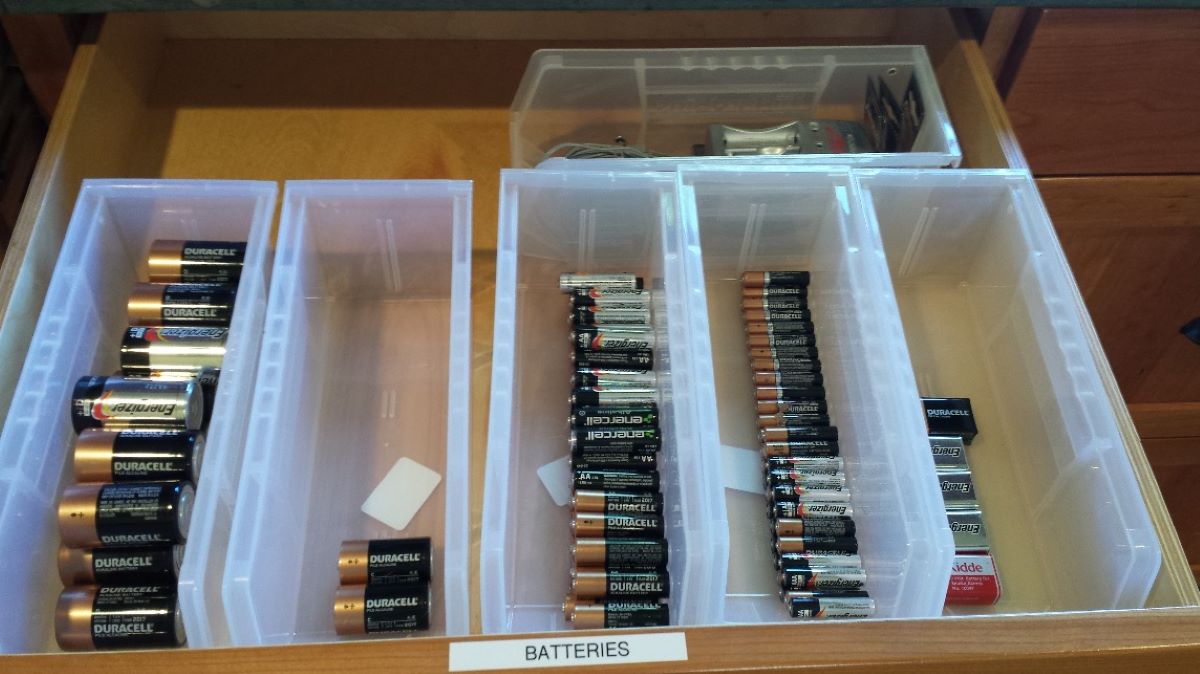
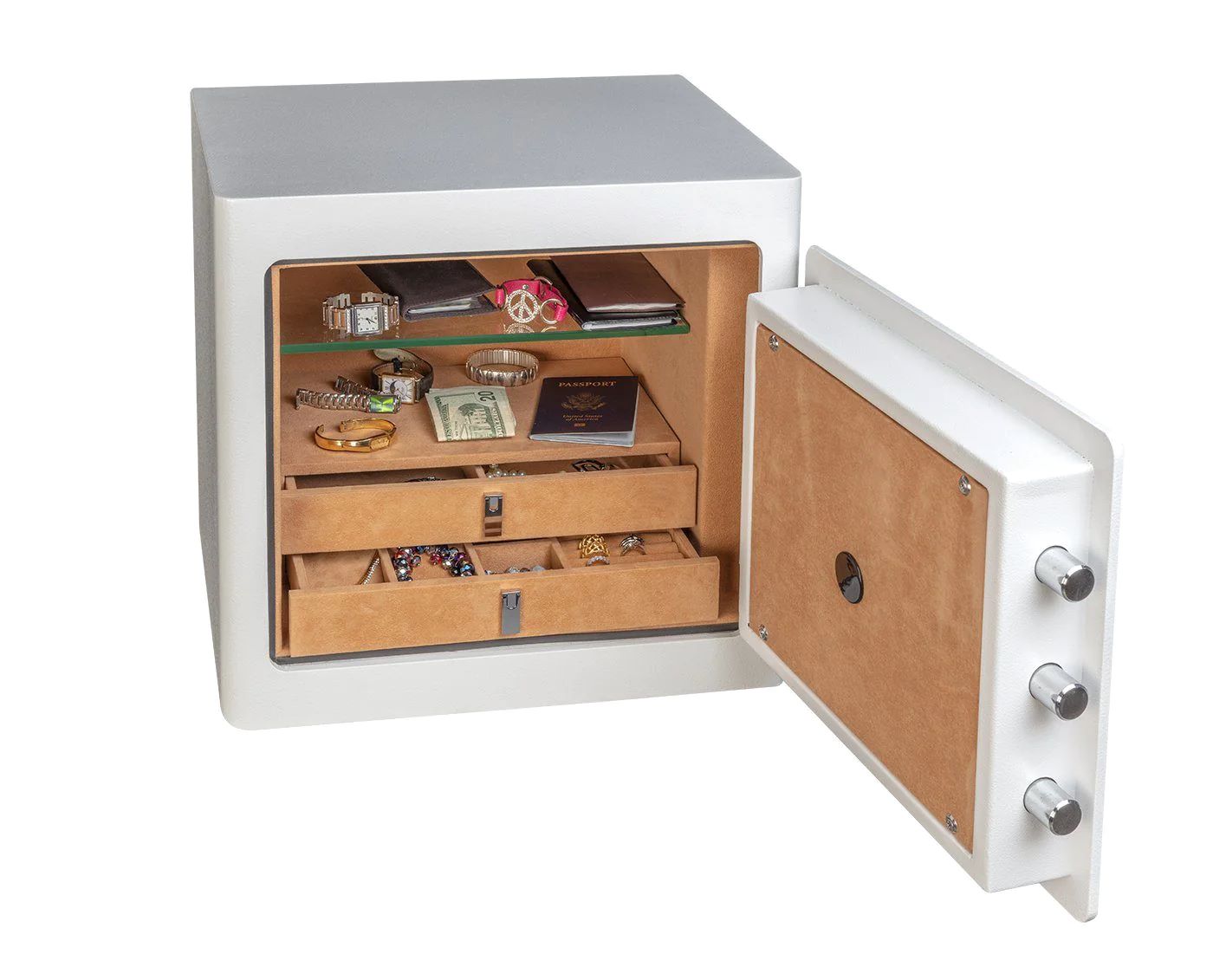

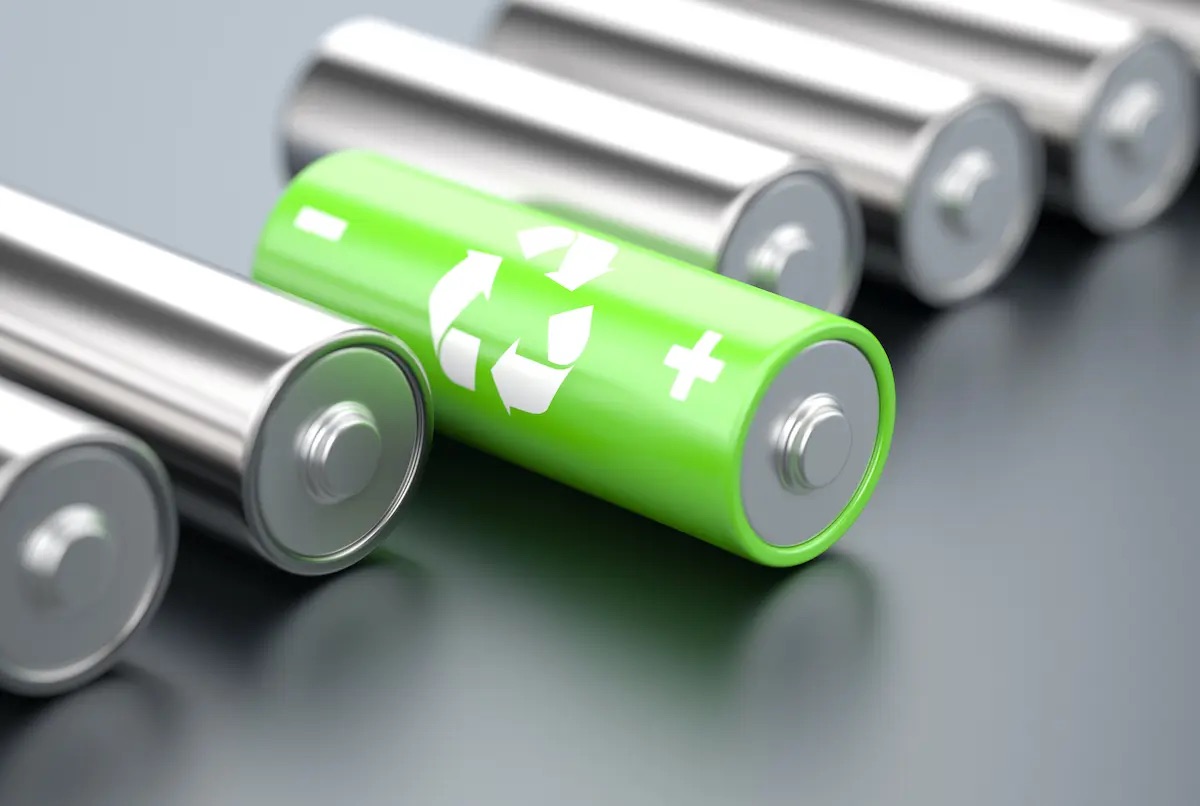
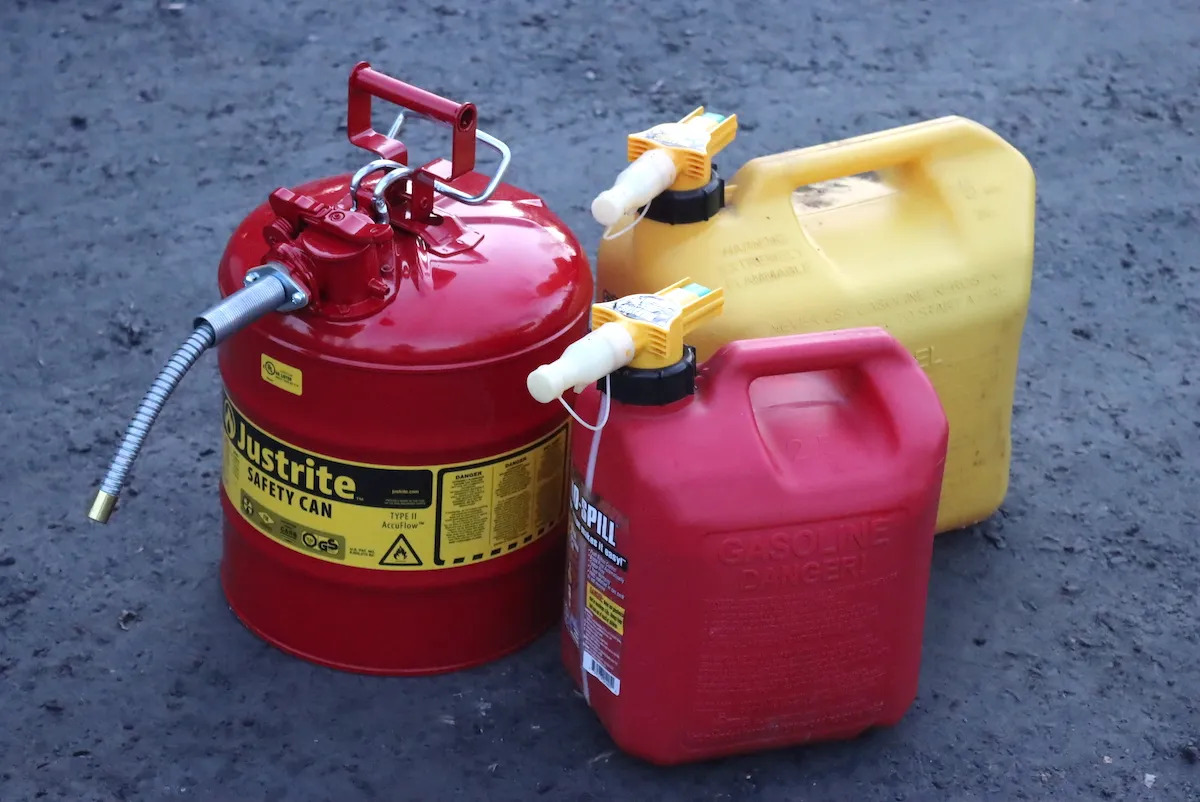


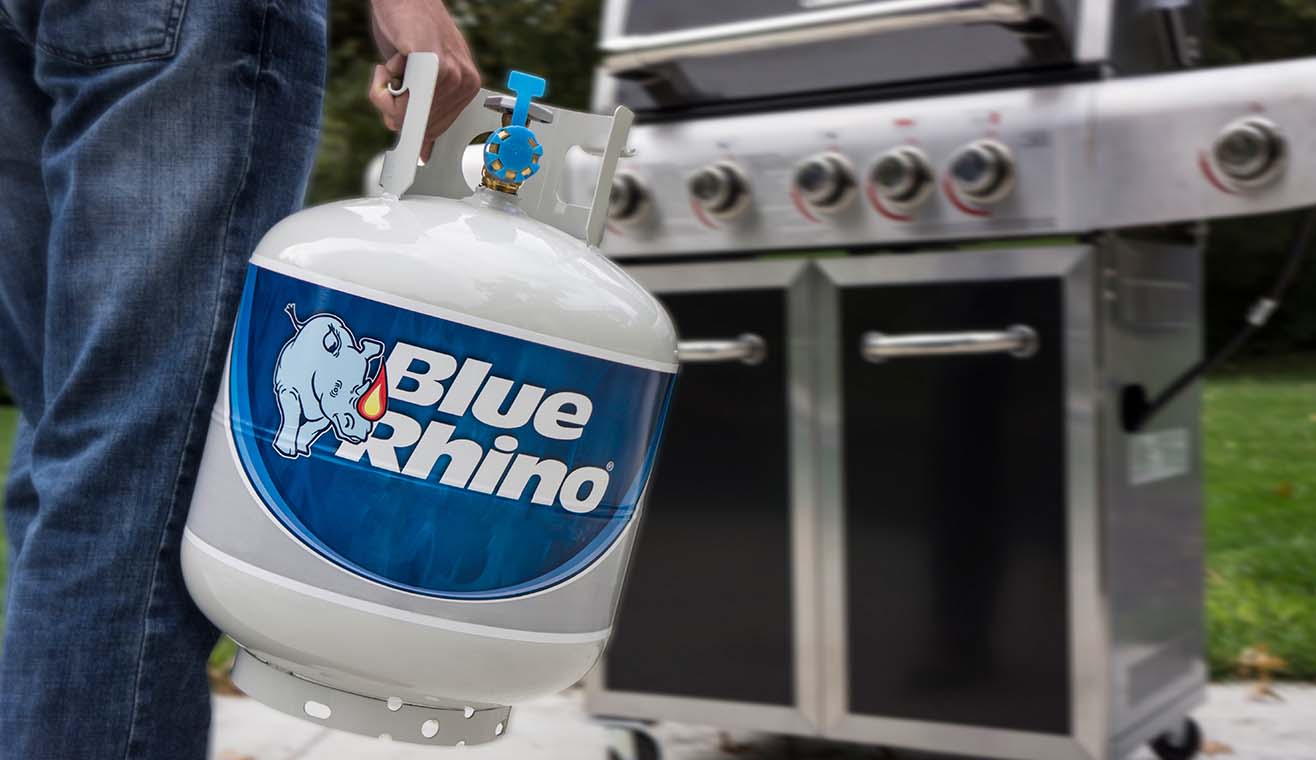
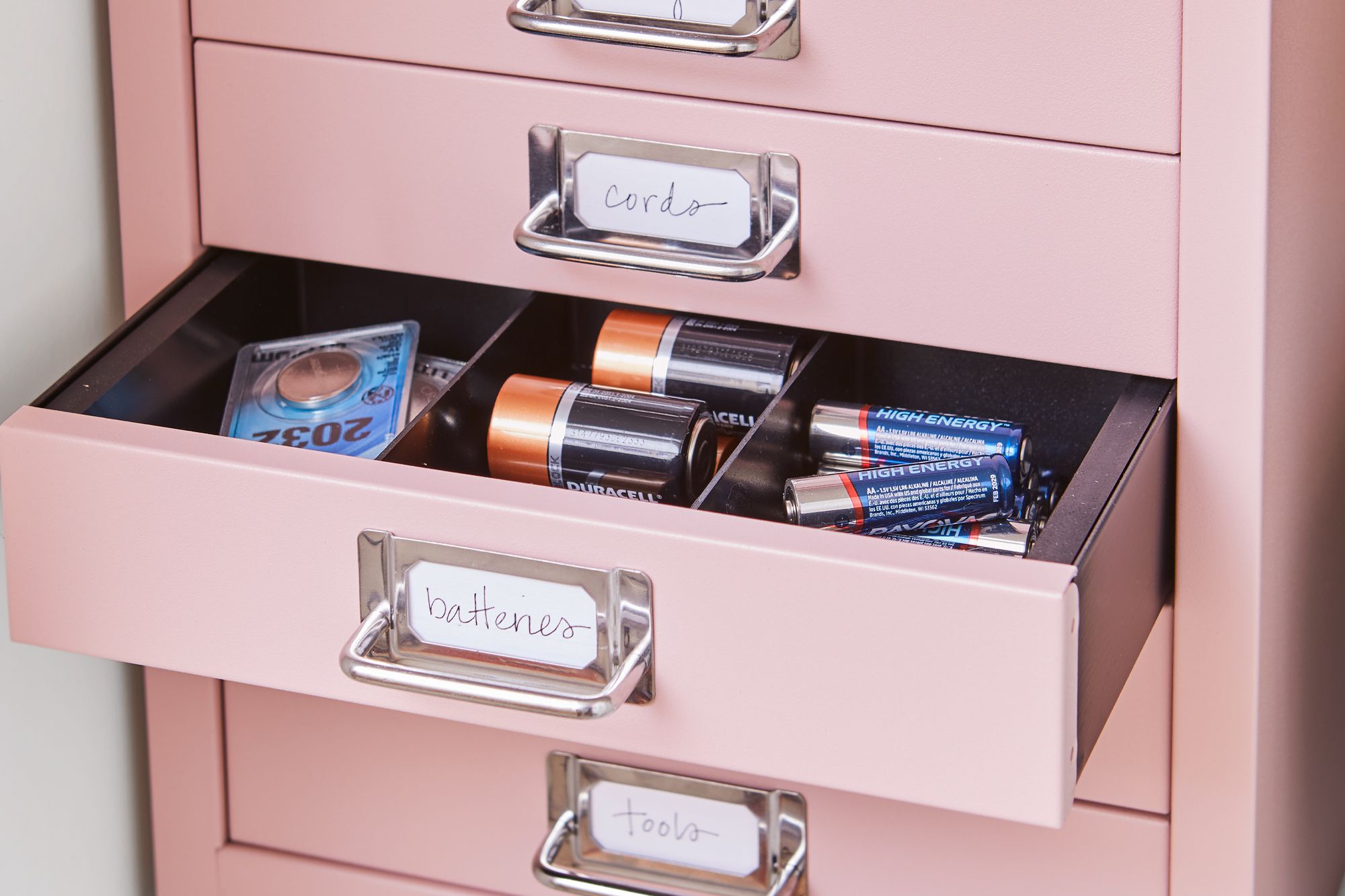
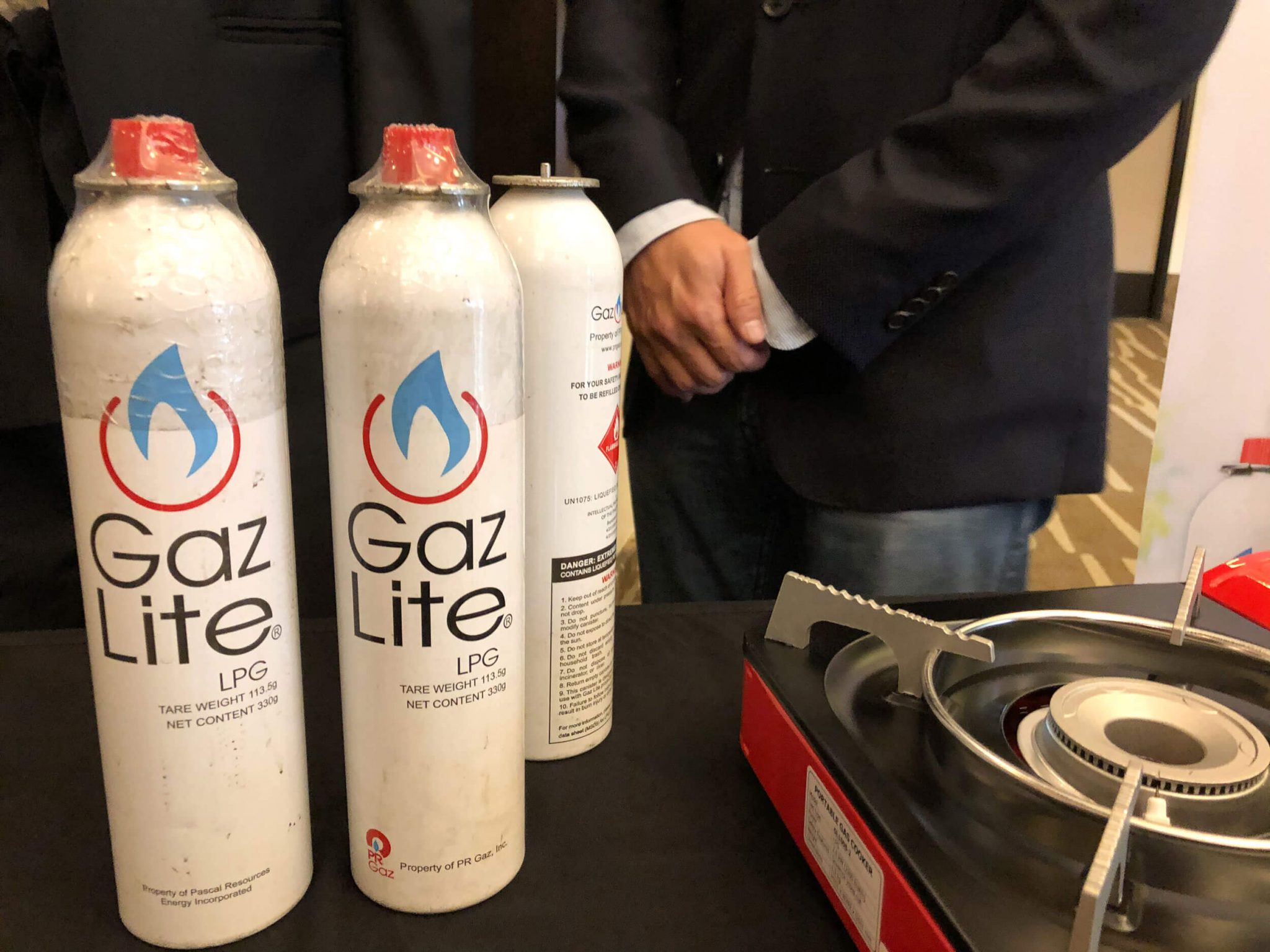
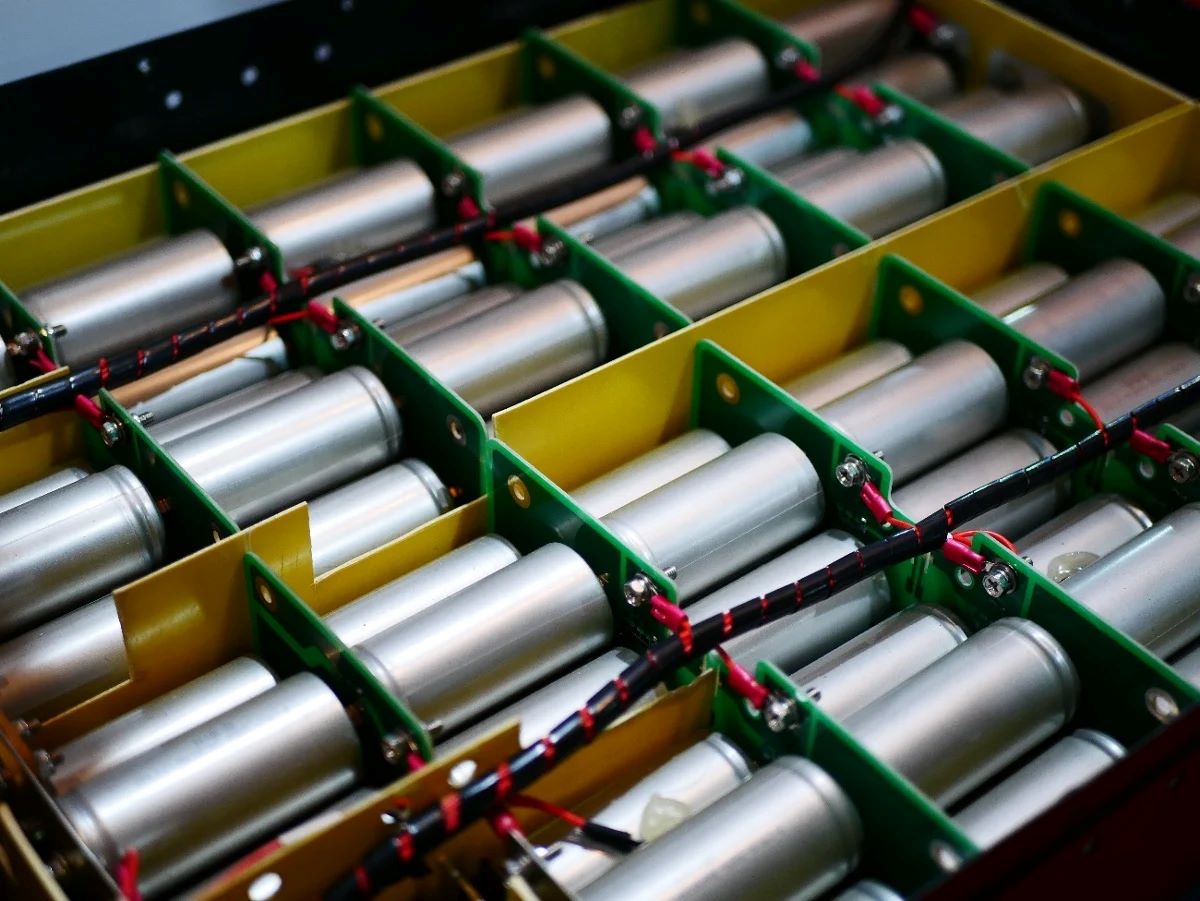

0 thoughts on “How To Store Water Safely”